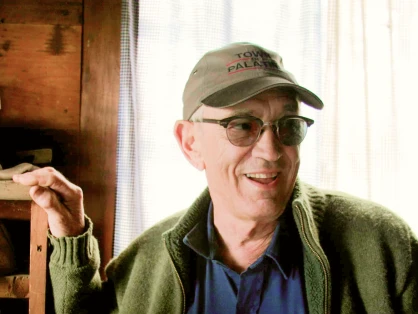Only a few days ago an old civil war cavalry jacket told its story. It has been suggested that the person who helped that piece of history tell its tale should add some unmentioned facts. Just how did a boy not yet entering his teen years learn of a New York City military relic company called Francis Bannerman and Sons? A fascination with local, state and national history and the artifacts entwined with it surfaced and was a nurtured. He first saw the Bannerman’s catalog of a collector from the generation just preceding his own, Willard White, 1898 to 1986, a resident of Ames, New York. Bill was a farmer, shooter, hunter and gun collector. It was his copy of the Bannerman catalog that first fascinated this young boy.
At about this time my father Willis Barshied Sr., 1906 to 1999, took his young son on a train trip to New York City. This was yet in a day of steam trains. From the train window while going through the Hudson Valley an unusual building resembling a castle with bold letters: “Bannerman Island Arsenal” could be seen. Doubtless most travelers on the New York Central Line had never leafed through Bannerman’s fascinating catalog or knew the story of the island arsenal.
From the very beginning of the discovery of the remarkable relics available from Bannerman this writer sent orders. If you needed parts for a civil war musket, flints for a revolutionary period musket or cartridges for long obsolete firearms Bannerman’s was the place to order it. There were other fabulous things in the catalog. But many of these things were out of reach for a young boy’s pocketbook. After the lean years of the great depression and the World War II days many new collectors sprang up. So did many small dealers who bought wholesale from Bannerman’s huge stock. Some of the leather items were deteriorating from age however some remained in remarkable condition. As the Civil War centennial approached the prices often greatly increased and collectors were glad to purchase even at the higher prices. Only the collectors who have lived a long time can remember when a firearm surrendered by Native Americans after the defeated General Custer in 1876 could actually be purchased from a mail order catalog. It has been said that if someone in a small country wanted to start a revolution they could purchase the arms they needed from Francis Bannerman and Sons.
It was some time later that this boy heard of another boy, Francis Bannerman VI who quit school when his father was a Civil War soldier from 1861 to 1865. To help support the family he grappled for used rope from the New York harbor to sell for income. As has been previously stated, the father and son purchased from government auctions the leftovers from the Civil War. There seemed no end to all sorts of purchased items from both peace and war. After the Spanish American War in 1898 the military surplus again reached Bannerman’s. Great quantities of munitions and explosives came their way also. The danger of storage in New York City prompted Francis Bannerman to purchase Pollepel Island in the Hudson River in 1900. From 1901 to 1918 when Francis VI passed away the island arsenals and supporting structures were erected.
Francis Bannerman Co continued to acquire massive inventories, much of it to be housed on the island. In the following 50 years deterioration, fire and explosion haunted the company and their island arsenal. As the 100th anniversary for the company founded in 1865 approached a new storage facility and store were erected at Blue Point, Long Island. The end of Francis Bannerman and Sons was nearing. That company which had encouraged collectors both small and large and augmented the collections of many military museums finally drew to a close except in the memory of those who could pick up a cherished artifact and say: “that came from Francis Bannerman and Sons at 501 Broadway in New York City or their island arsenal in the Hudson River. Do you remember their great old catalog?”


